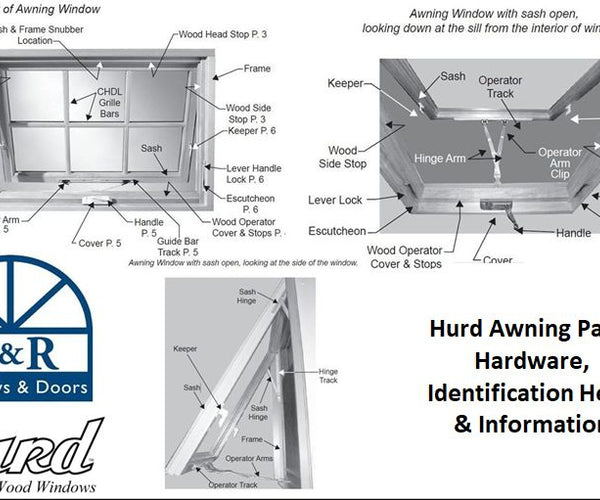Is Hurd Windows Still In Business

Hurd, the free software operating system kernel intended as a replacement for Unix, remains in development but faces persistent challenges in achieving widespread adoption and practical usability. Its continued existence, though not commercially viable, highlights the dedication of a small but committed group of developers.
This article examines the current status of Hurd, its development progress, community involvement, and future prospects in the face of significant obstacles.
The Hurd: A Project Still Alive?
The GNU Hurd project, initiated in 1990 by the Free Software Foundation (FSF), aimed to create a free software replacement for the Unix kernel. The core concept was a microkernel architecture with a set of servers ("hurds") running on top to provide operating system services.
Unlike the monolithic Linux kernel, Hurd sought to offer greater modularity and flexibility. However, its development has been significantly slower and more challenging.
Debian GNU/Hurd, the most prominent distribution based on Hurd, continues to be maintained. It's available for download, but its primary purpose is for testing and development, not for everyday use.
Status of Development
Development on Hurd is ongoing, albeit at a slower pace compared to other kernels like Linux. Recent efforts have focused on improving stability, hardware support, and overall performance.
The last major release, 0.9, occurred in 2016, showing the sporadic nature of official releases. However, smaller patches and improvements are continuously integrated into the codebase via Git.
The GNU Mach microkernel, upon which Hurd relies, also receives updates and maintenance. This is a crucial component for Hurd's functionality.
Community and Contributions
The Hurd community is small but dedicated. Contributions come primarily from volunteer developers who are passionate about free software and the Hurd's architectural design.
Communication and coordination happen through mailing lists, IRC channels, and bug trackers. These platforms serve as the central hubs for collaboration.
Despite its limited size, the community provides bug fixes, code improvements, and documentation. These are critical for maintaining the project.
Challenges and Obstacles
Hurd faces numerous challenges that hinder its widespread adoption. A primary obstacle is the lack of hardware support compared to Linux.
The complex microkernel architecture also presents significant technical hurdles. This makes development slower and debugging more difficult.
The lack of commercial support and a small developer base further exacerbate these challenges. This creates a cycle where limited resources hinder progress.
The Future of Hurd
The future of Hurd remains uncertain. While active development continues, it's unlikely to become a mainstream operating system in the foreseeable future.
Its primary value lies in its role as a research platform and a testament to free software ideals. Hurd demonstrates alternative approaches to operating system design.
Ongoing efforts aim to improve its usability and stability. This may make it more attractive for specific niche applications or research projects.
Next Steps
Interested individuals can contribute to the Hurd project by testing, reporting bugs, or developing new features. This is the most direct way to support its continued existence.
Following the mailing lists and participating in the online community provides insights into ongoing development and future plans. This helps new users find their way in the project.
While a full-fledged alternative to Linux may be a distant dream, Hurd continues to exist as a fascinating and valuable project within the free software ecosystem. Its long-term viability hinges on continued community support and technical advancements.


















